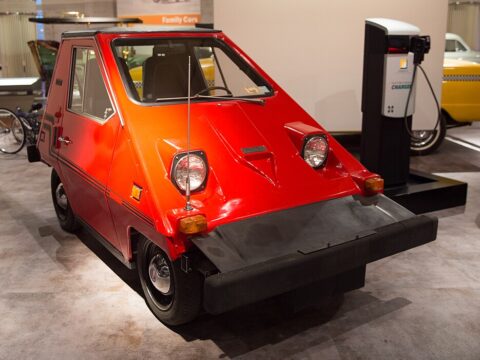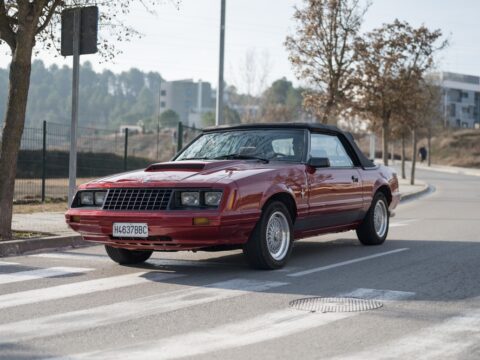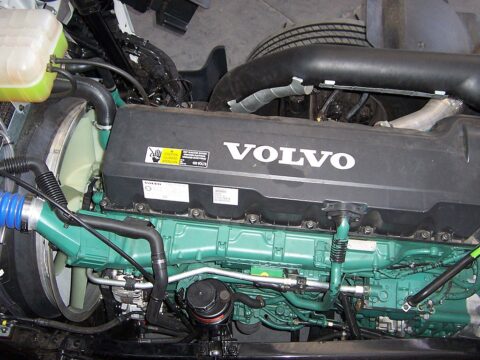Aviation has transformed the way we live, travel, and connect with the world. From the pioneering flights of the Wright brothers to the advent of supersonic jets and beyond, each milestone has marked a significant leap forward. In this article, we’ll explore 20 significant milestones in aviation history that have shaped the skies and revolutionized our world.
Contents
First Powered Flight (1903)First Powered Flight
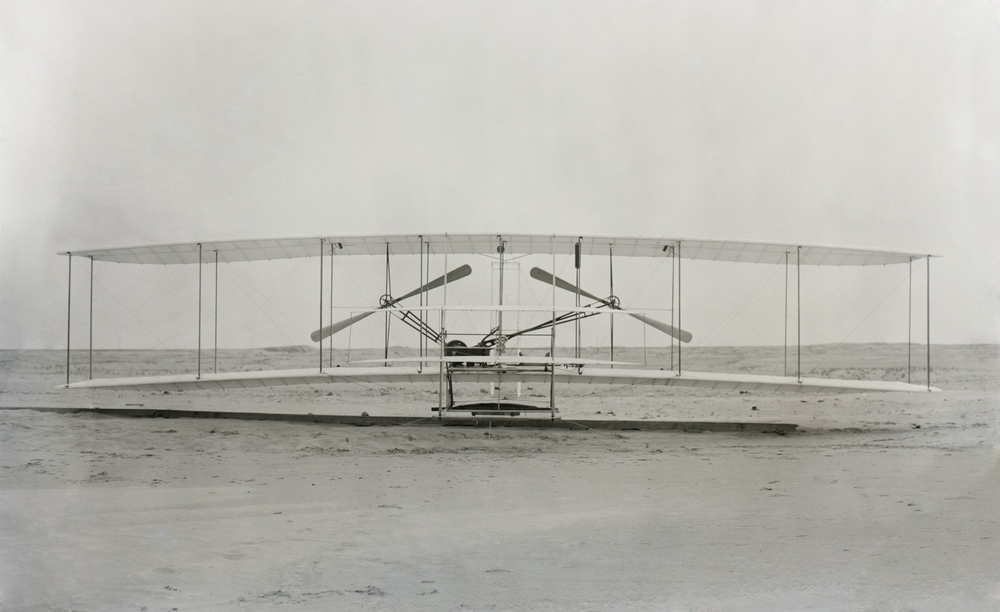
The Wright brothers’ historic flight at Kitty Hawk, North Carolina, marked the dawn of powered aviation. On December 17, 1903, their aircraft, the Wright Flyer, achieved the first controlled, sustained flight of a powered, heavier-than-air aircraft. This breakthrough laid the foundation for modern aviation and proved that controlled flight was possible.
First Passenger Flight (1914)
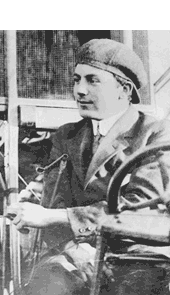
Tony Jannus piloted the first scheduled commercial airline flight on January 1, 1914, flying from St. Petersburg to Tampa, Florida. The flight, operated by the St. Petersburg-Tampa Airboat Line, demonstrated the potential of commercial aviation, opening the door for the development of the passenger airline industry.
First Nonstop Transatlantic Flight (1919)
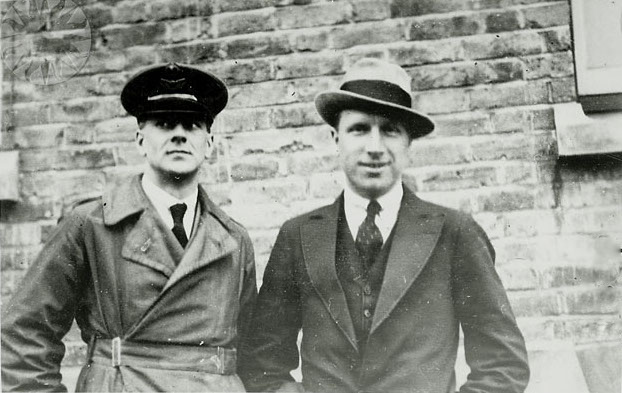
In June 1919, British aviators John Alcock and Arthur Whitten Brown completed the first nonstop transatlantic flight, flying from Newfoundland to Ireland in a modified Vickers Vimy bomber. Their achievement showcased the possibilities of long-distance air travel and inspired future advancements in aviation technology.
First Solo Nonstop Transatlantic Flight (1927)
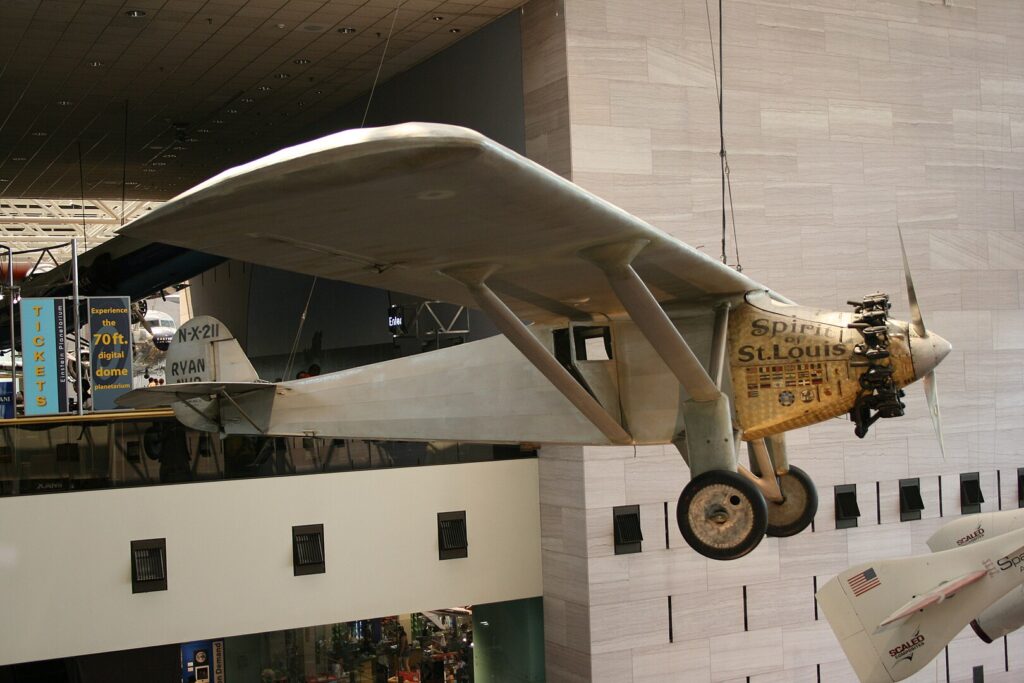
Charles Lindbergh’s solo flight from New York to Paris in the Spirit of St. Louis on May 20-21, 1927, captivated the world. Covering 3,600 miles in 33.5 hours, Lindbergh’s journey demonstrated the feasibility of solo transatlantic flights and significantly boosted public interest and investment in aviation.
First Female Pilot Across the Atlantic (1932)
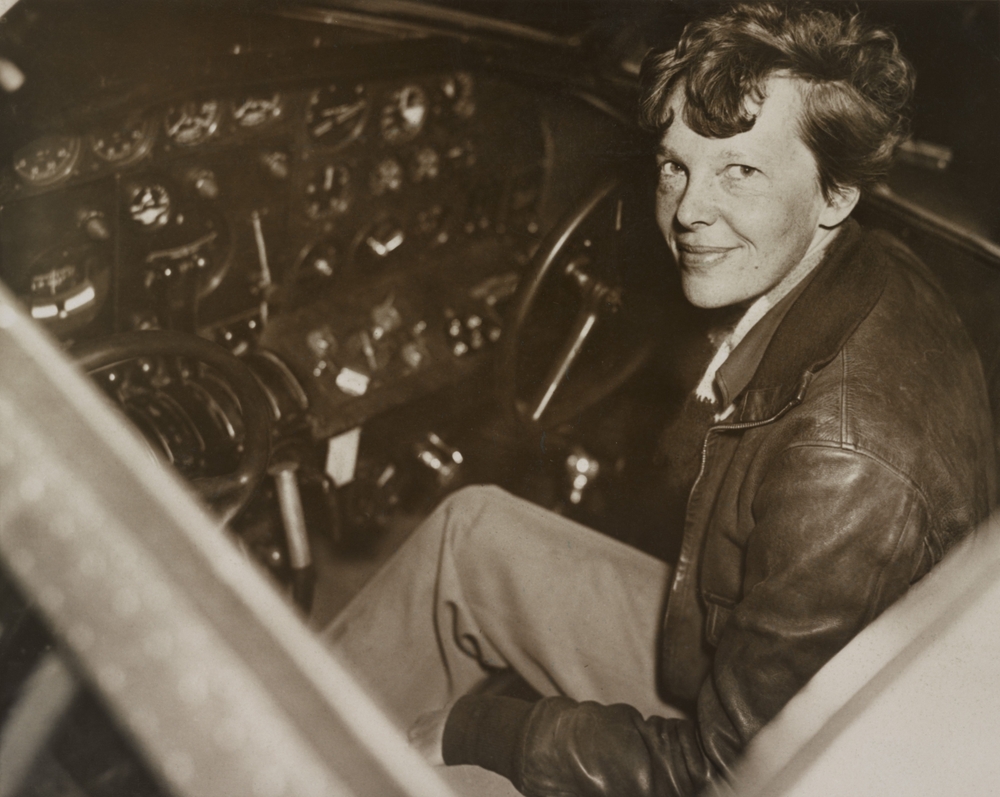
Amelia Earhart became the first woman to fly solo across the Atlantic on May 20-21, 1932, flying from Newfoundland to Ireland. Her achievement not only broke gender barriers in aviation but also inspired women worldwide to pursue careers in aviation and other male-dominated fields.
Introduction of the First Jet Engine (1939)

The Heinkel He 178, the world’s first jet-powered aircraft, made its maiden flight on August 27, 1939. Powered by a turbojet engine designed by Hans von Ohain, the He 178 marked the beginning of the jet age, leading to faster, more efficient aircraft in both military and commercial aviation.
First Supersonic Flight (1947)
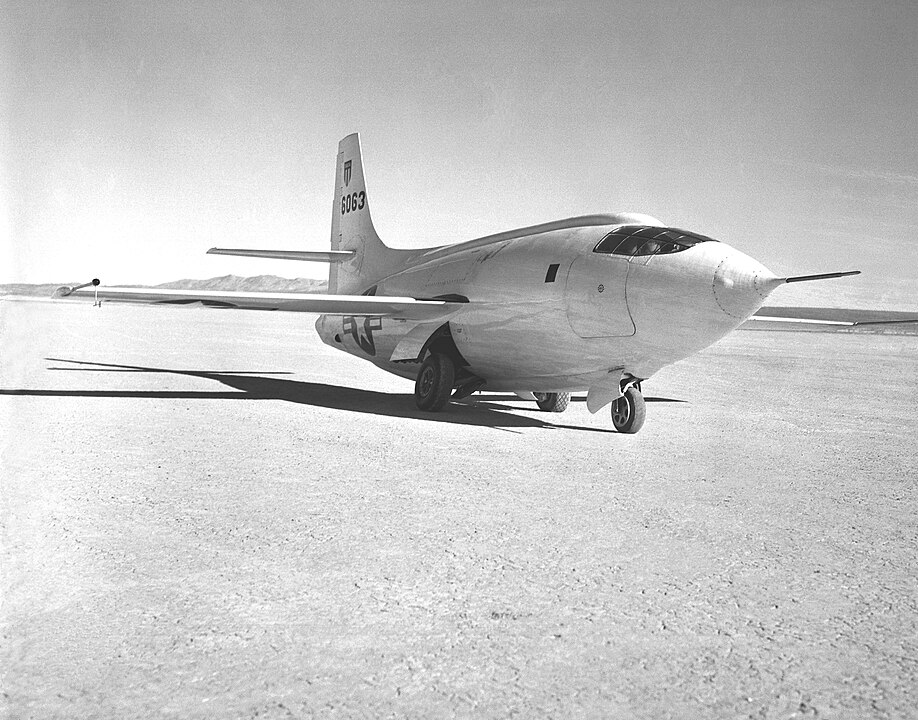
On October 14, 1947, Chuck Yeager broke the sound barrier in the Bell X-1, a rocket-powered aircraft. Yeager’s flight reached a speed of Mach 1.06 at an altitude of 45,000 feet, demonstrating that supersonic flight was possible and paving the way for advancements in high-speed aviation and aerospace engineering.
Introduction of Commercial Jet Airliners (1952)
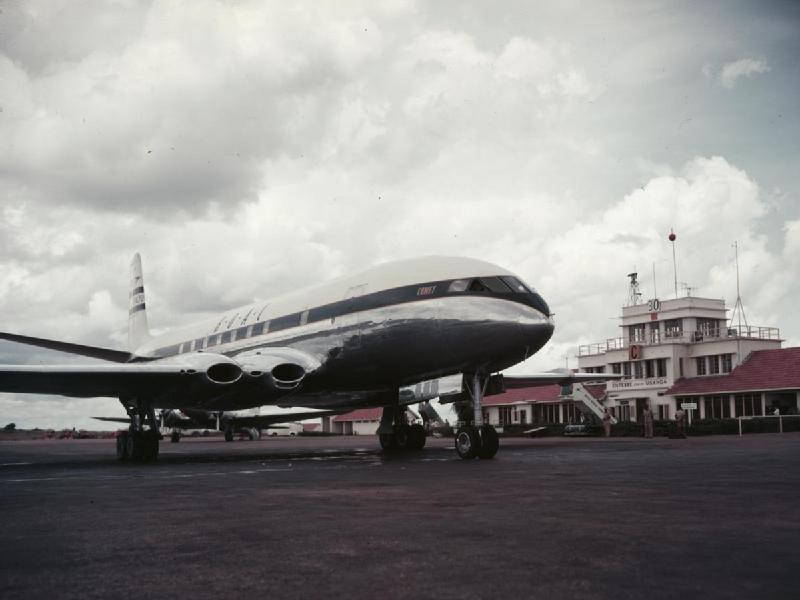
The de Havilland Comet, the world’s first commercial jet airliner, entered service in 1952. Its introduction revolutionized air travel, offering faster, smoother, and more comfortable flights compared to propeller-driven aircraft. Despite initial setbacks, the Comet’s success paved the way for the modern jet age.
First Nonstop Round-the-World Flight (1949)
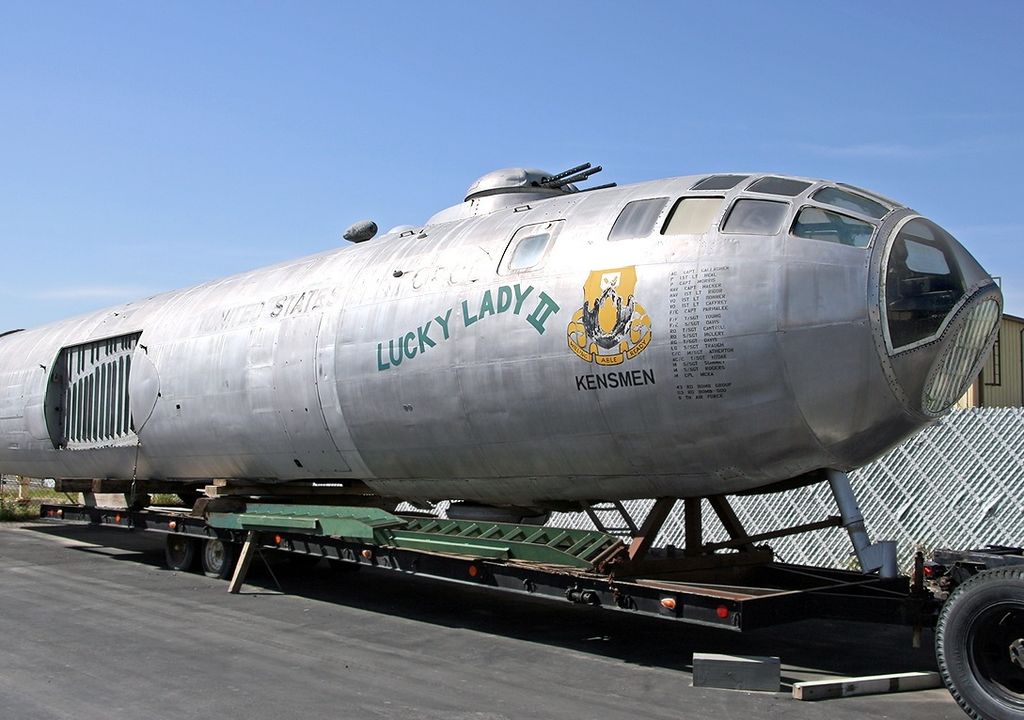
In 1949, the Boeing B-50 Superfortress Lucky Lady II completed the first nonstop flight around the world. The aircraft covered 23,452 miles in 94 hours and 1 minute, refueling mid-air four times. This milestone demonstrated the capabilities of long-range flight and aerial refueling techniques.
First Human in Space (1961)
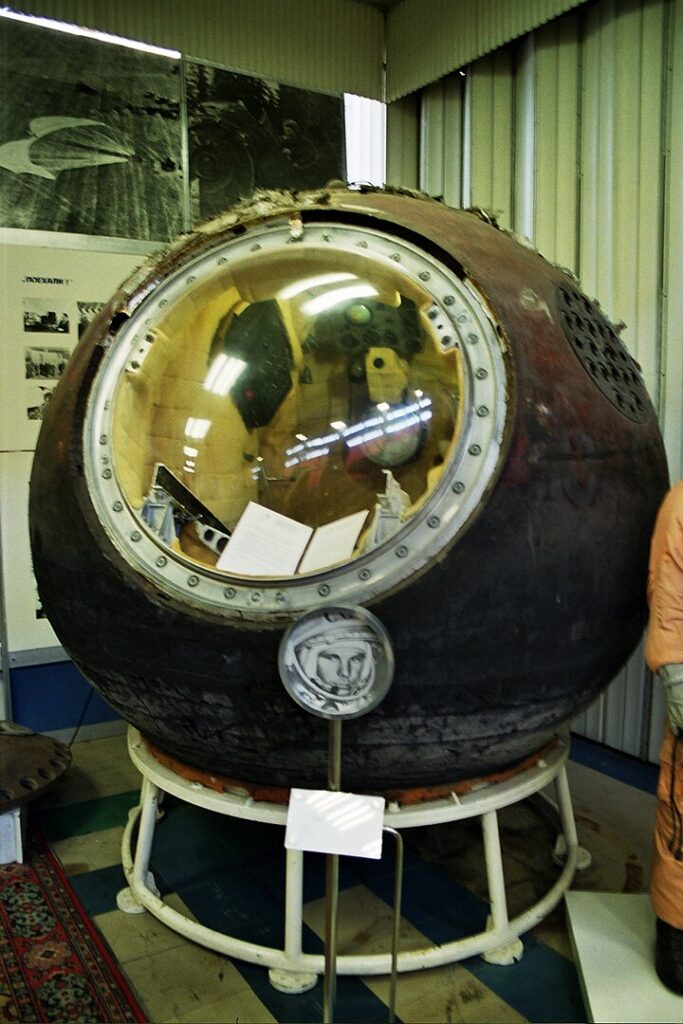
On April 12, 1961, Yuri Gagarin orbited the Earth aboard Vostok 1, becoming the first human in space. This historic flight marked a significant milestone in space exploration, showcasing the possibilities of human space travel and igniting the space race between the United States and the Soviet Union.
First American in Space (1961)
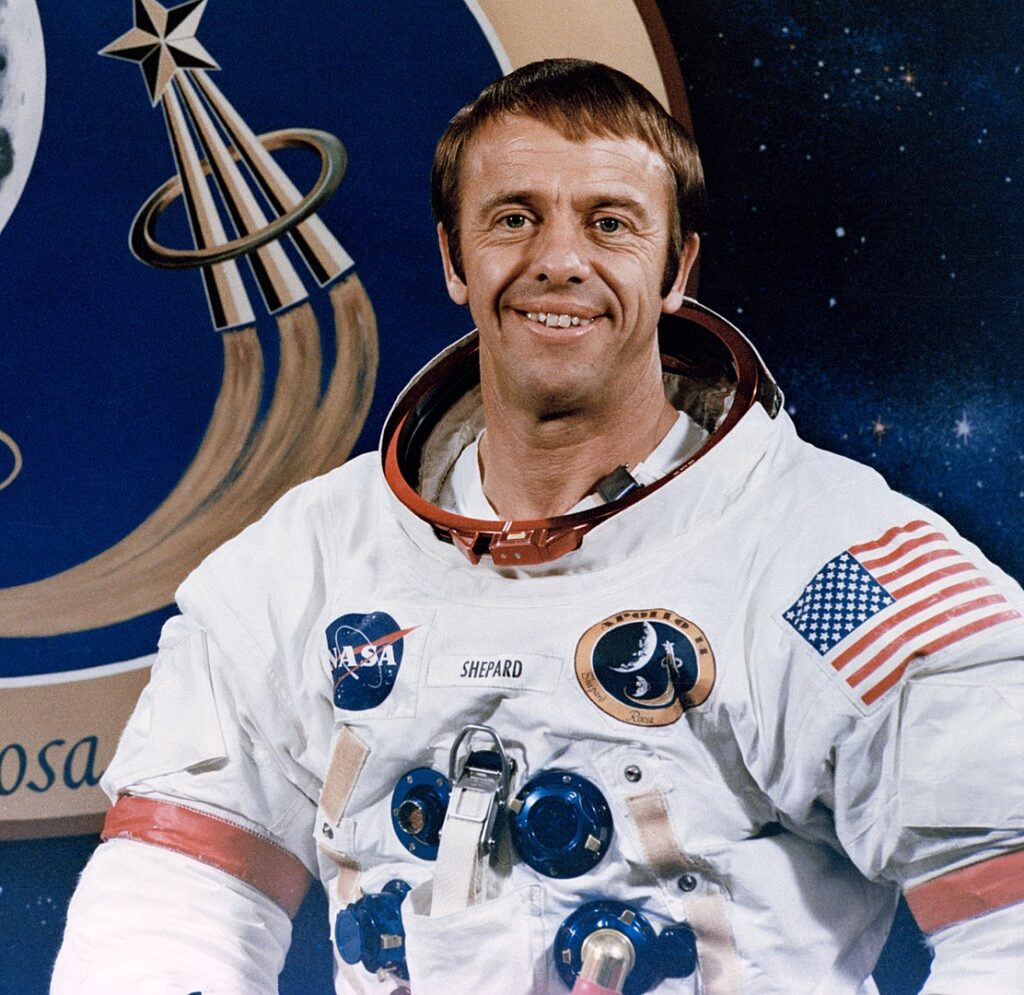
Alan Shepard’s suborbital flight on Freedom 7 on May 5, 1961, made him the first American to travel into space. Shepard’s 15-minute flight demonstrated the United States’ ability to send astronauts into space and marked a significant step in the nation’s space exploration efforts.
First Man on the Moon (1969)
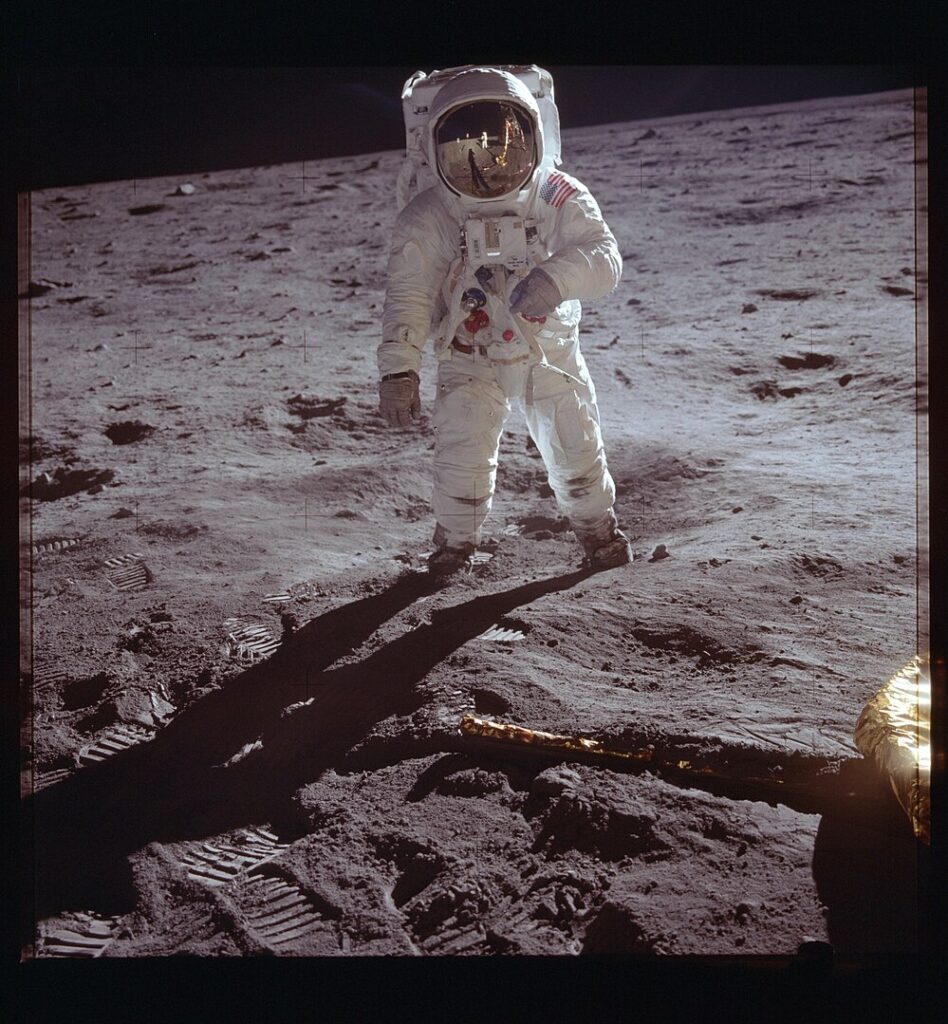
Neil Armstrong and Buzz Aldrin’s Apollo 11 moon landing on July 20, 1969, was a monumental achievement in human history. Armstrong’s famous words, “That’s one small step for man, one giant leap for mankind,” symbolized the triumph of human ingenuity and the culmination of the space race.
Introduction of the Jumbo Jet (1970)
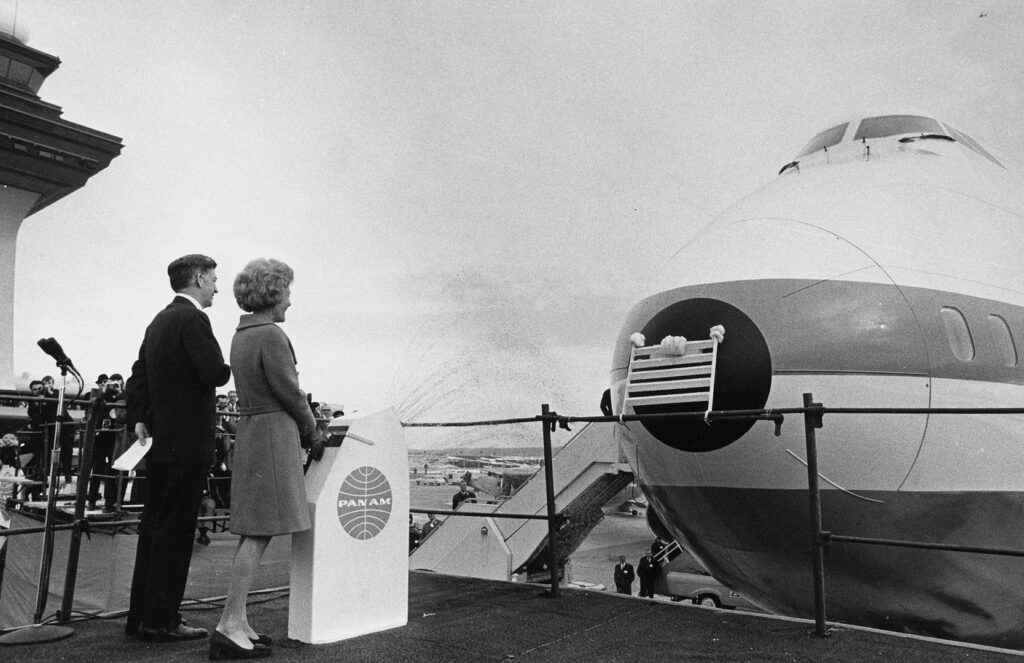
The Boeing 747, known as the Jumbo Jet, entered service in 1970, revolutionizing air travel with its size and capacity. Capable of carrying over 400 passengers, the 747 made international travel more accessible and affordable, transforming the airline industry and connecting the world like never before.
First Concorde Flight (1976)
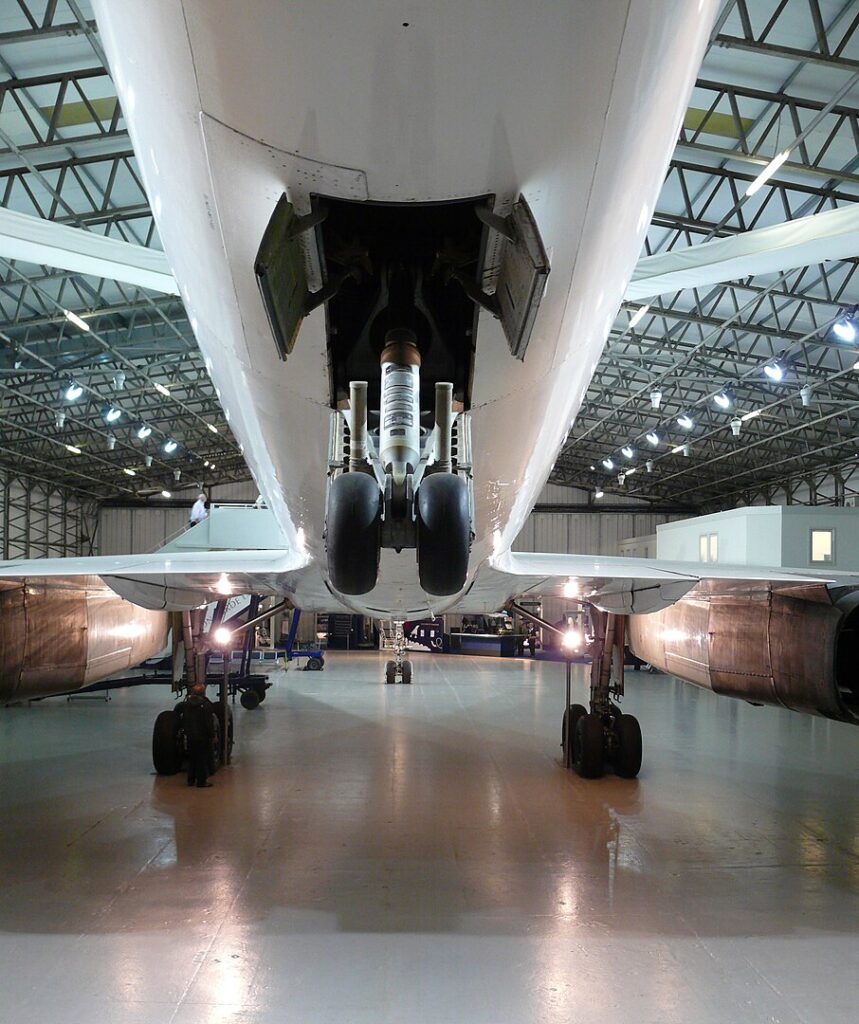
The supersonic Concorde began commercial service in 1976, offering passengers the fastest way to travel across the Atlantic. With a cruising speed of Mach 2.04, the Concorde could fly from New York to London in just over three hours. Its introduction marked a significant achievement in supersonic passenger travel.
First Reusable Spacecraft (1981)
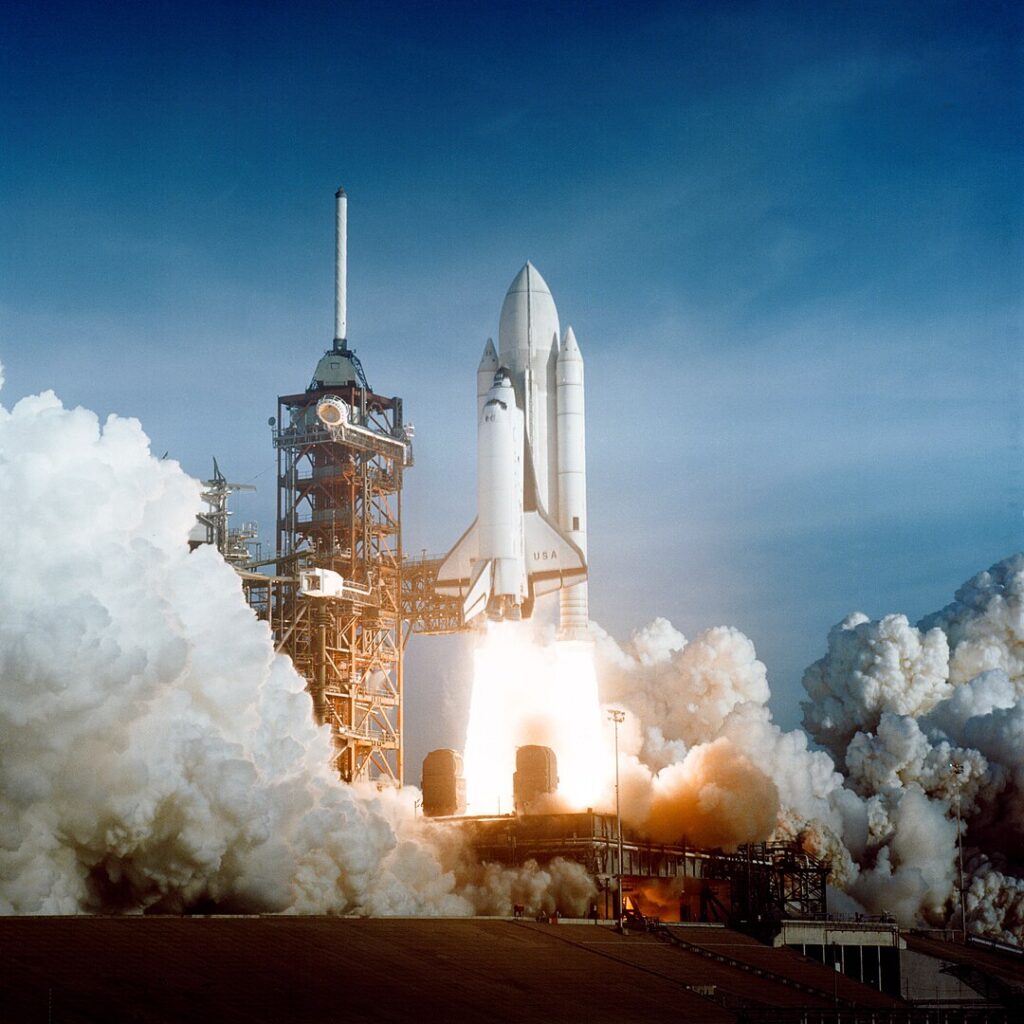
The Space Shuttle Columbia launched on its maiden flight on April 12, 1981, marking the debut of the first reusable spacecraft. The Space Shuttle program revolutionized space travel, enabling regular missions to low Earth orbit, including satellite deployments, scientific research, and the construction of the International Space Station.
Development of Stealth Technology (1980s)
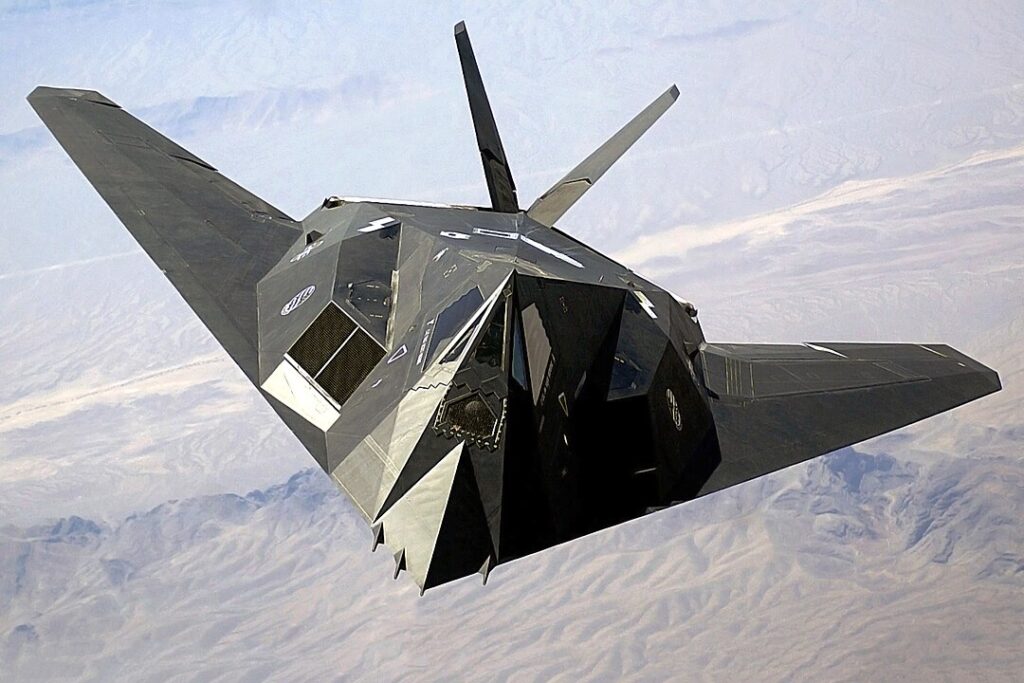
The introduction of stealth aircraft, such as the F-117 Nighthawk, in the 1980s revolutionized military aviation. Designed to evade radar detection, stealth technology significantly enhanced the capabilities of modern combat aircraft, allowing them to conduct missions with increased effectiveness and reduced risk of detection.
First Female Space Shuttle Pilot (1995)

Eileen Collins became the first woman to pilot a Space Shuttle in 1995, breaking gender barriers in space exploration. Her achievement paved the way for future generations of female astronauts and highlighted the increasing diversity and inclusivity in the field of aerospace.
First Privately Funded Manned Spaceflight (2004)
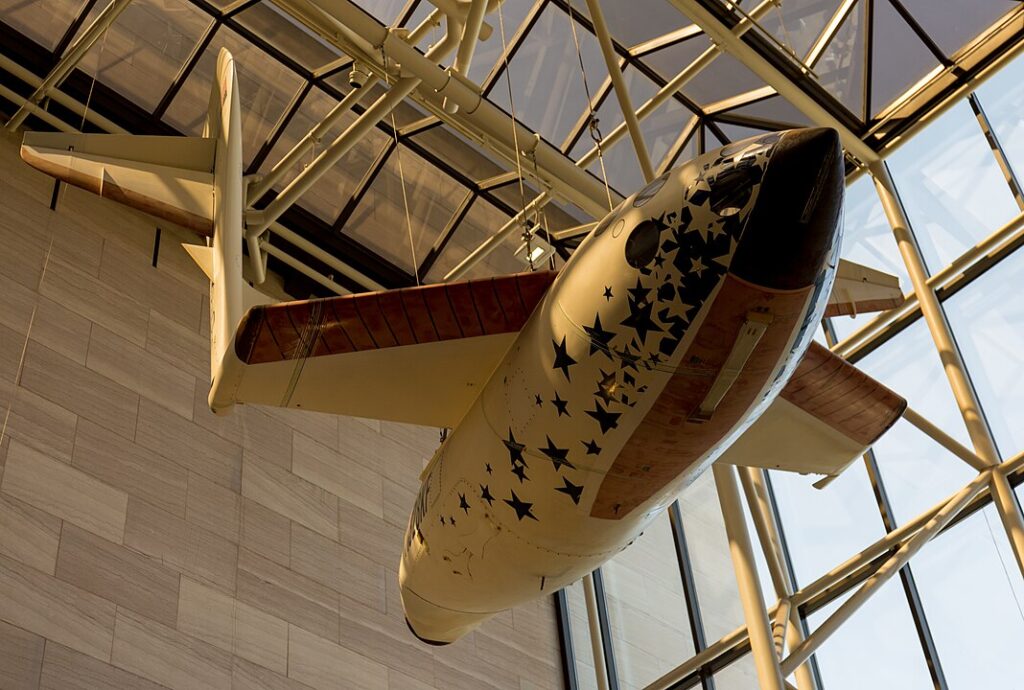
SpaceShipOne achieved spaceflight on June 21, 2004, marking the first privately funded manned spaceflight. This milestone demonstrated the potential of commercial space travel and sparked the growth of the private space industry, leading to new opportunities for space exploration and tourism.
Introduction of the Airbus A380 (2005)
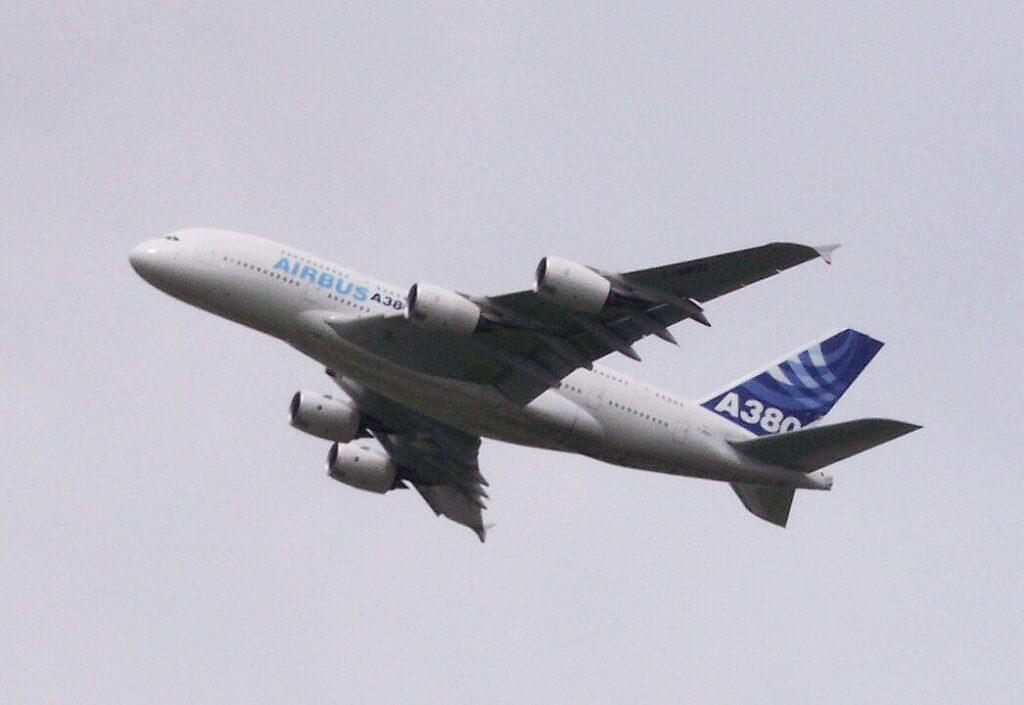
The Airbus A380, the world’s largest passenger airliner, entered service in 2005. With a maximum capacity of 853 passengers, the A380 offered unprecedented levels of comfort and efficiency, revolutionizing long-haul air travel and setting new standards for the aviation industry.
First Electric-Powered Aircraft Flight (2009)
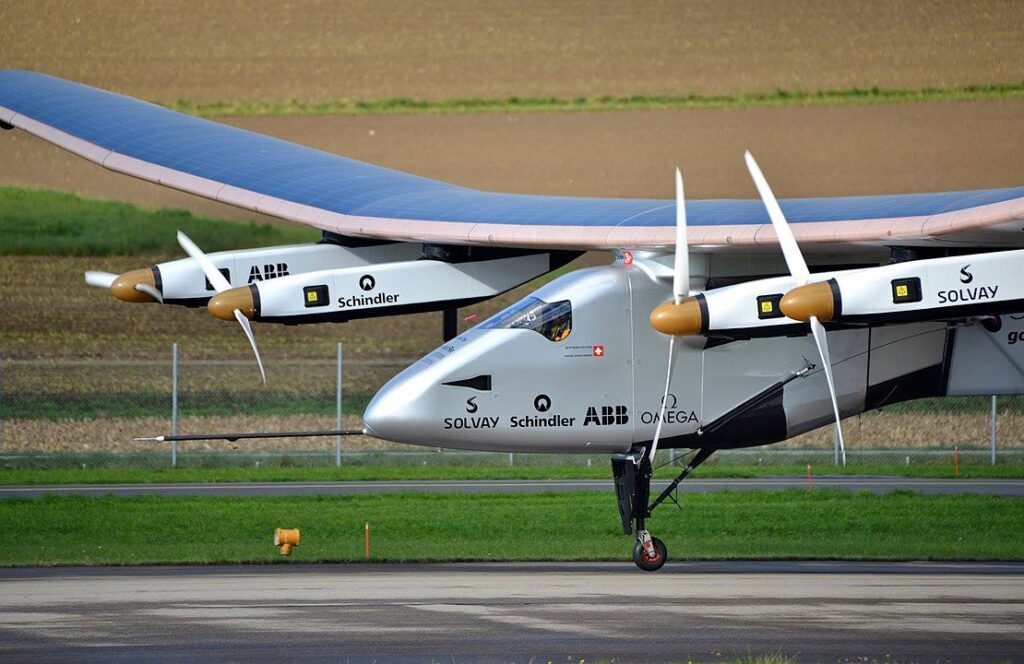
The Solar Impulse, an electric-powered aircraft, completed its maiden flight on June 26, 2009. Powered entirely by solar energy, the Solar Impulse demonstrated the potential of renewable energy in aviation and set the stage for future advancements in sustainable air travel.
This article originally appeared in MyCarMakesNoise.
More from MyCarMakesNoise
20 Cruisers Designed for Riders of Any Skill Level

Cruiser motorcycles are a popular choice for riders of all skill levels, offering a blend of style, comfort, and performance. Whether you’re just starting your riding journey or you’re a seasoned veteran, the right cruiser can make all the difference. Read More.
15 Trucks That Are More Impressive Than You Think

When it comes to trucks, some steal the spotlight, and those that quietly get the job done without much fanfare. Our list of the world’s most underrated trucks shines a light on those reliable workhorses that offer outstanding features and capabilities but don’t always receive the recognition they deserve. Read More.
13 Rare Jeeps That Are Hard to Find
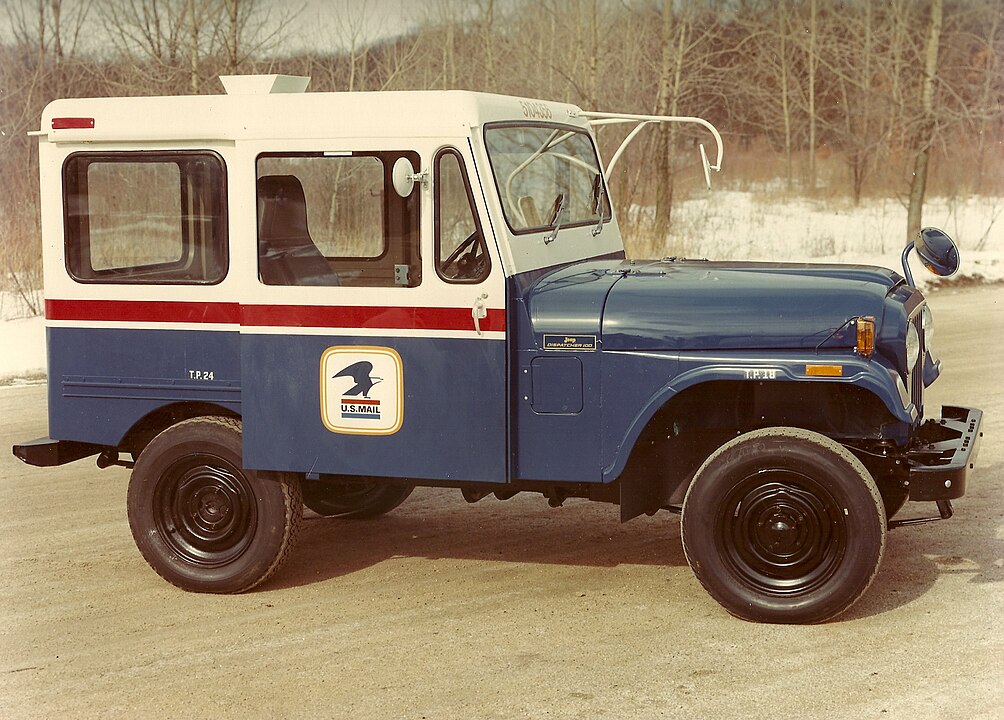
Jeep enthusiasts know that some models are harder to find than others. In this list, we’ll explore 14 rare Jeeps that are elusive and highly sought after. From unique limited editions to vintage classics, these Jeeps are a treasure trove for collectors and fans alike. Read More.


